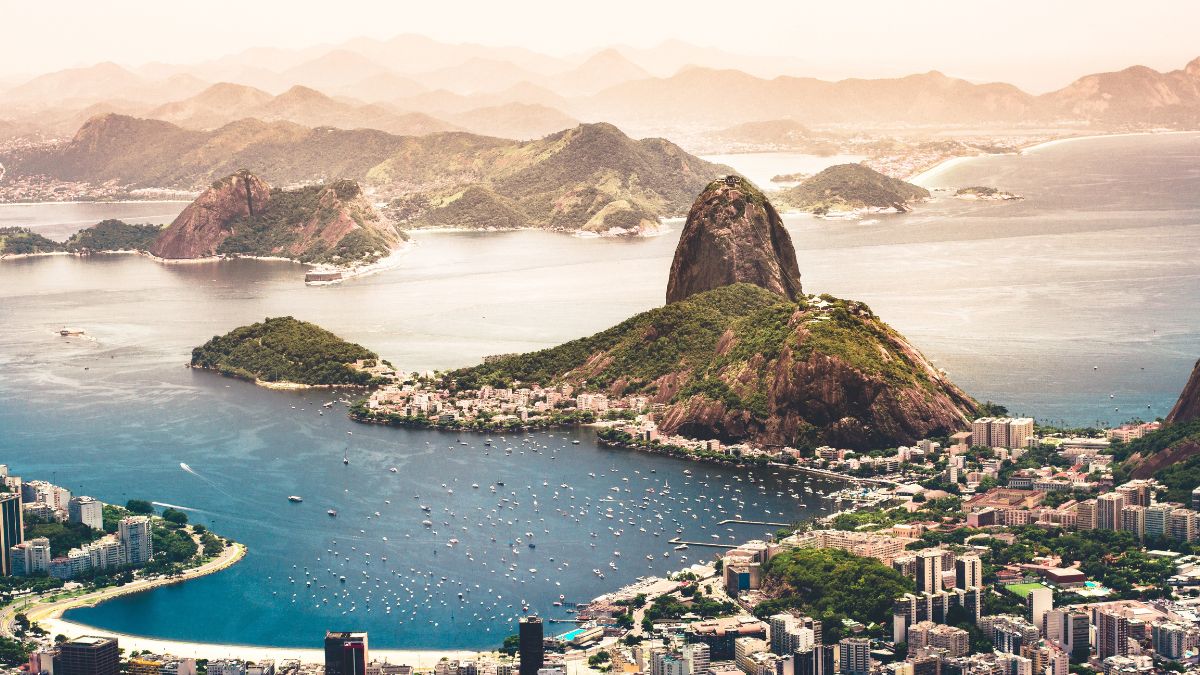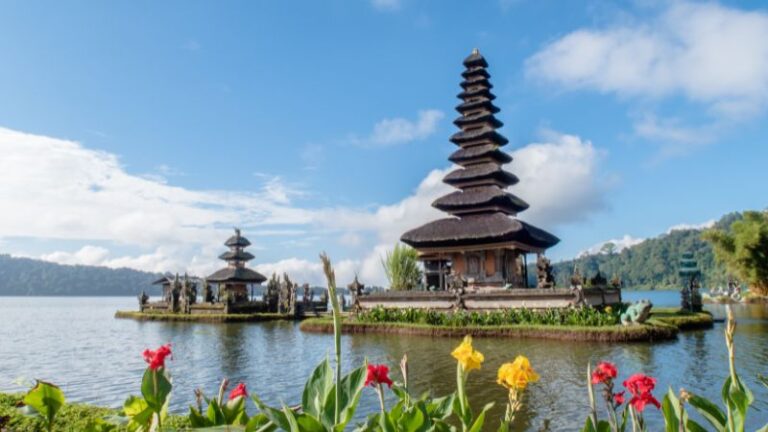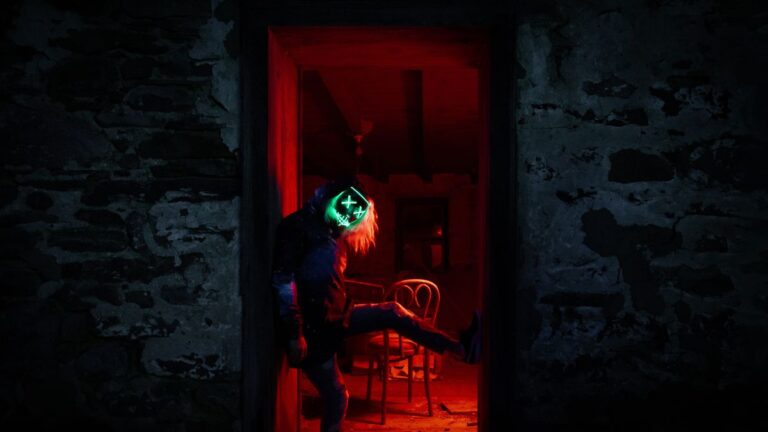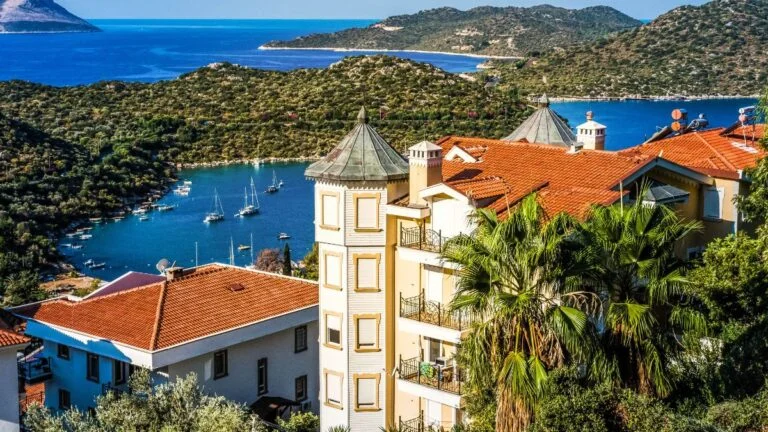Worst Time to Visit Rio de Janeiro: Unmasking the City’s Seasonal Pitfalls

As participants in Amazon Associates and other programs, we earn from qualifying purchases. This comes at no additional cost to you. For more details, see our Affiliate Disclosure.
Rio de Janeiro, the Brazilian city that radiates energy and charisma, is renowned for its stunning landscapes, vibrant culture, and spirited festivities. However, it’s not always sunshine and samba; there are times when the city’s allure might be clouded by challenging weather and crowded events.
The height of summer, from December to March, often sees sweltering temperatures and heavy rainfall, while popular events like Carnival in February can lead to overcrowded streets and inflated prices. Moreover, safety concerns may rise during these peak periods. While these factors don’t strip the city of its charm, they might put a slight damper on your journey, making these months perhaps the worst times to visit Rio de Janeiro.
The Summer Scorcher: Understanding Rio’s Seasonal Climate
Rio de Janeiro’s summer season, stretching from December to March, brings temperatures that can climb well over 30 degrees Celsius (86 degrees Fahrenheit). This season doesn’t just carry the heat, but also ushers in high levels of humidity which can amplify the intensity of the warmth, making it feel much hotter than it actually is.
Alongside this, summer in Rio is also synonymous with its rainy season. Torrential rain showers, often accompanied by thunderstorms, can be a daily occurrence, particularly in the afternoon. They may offer some respite from the heat, but they also create other challenges like localized flooding and disruption to planned activities.
While some revel in the tropical warmth, others might find this period a bit too intense and uncomfortable. Therefore, if you prefer milder climates and less rainfall, Rio’s summer season might not be the best time for your visit.
Carnival Chaos: Navigating the Crowd Surge
Carnival in Rio de Janeiro, typically held in February, is nothing short of an extravagant spectacle, drawing visitors from around the globe to partake in its vibrant parades and ceaseless party spirit. However, this explosion of color and culture also brings a massive influx of tourists that can turn the city into a teeming hive of humanity.
Navigating through the thick crowds becomes an arduous task and what should be joyous exploration might instead feel like an obstacle course. Popular tourist spots, restaurants, and public transport get swamped, often leading to long waits and congestion.
Plus, this surge in visitors can put a strain on the city’s infrastructure and public services, potentially leading to unexpected closures or delays. For those who aren’t crowd-lovers or crave a more relaxed, intimate experience of the city, the Carnival period might just be the least opportune time to plan a visit to Rio.
Price Peaks: The Financial Fallout of High Season
The summer season, especially during the time of the Carnival, is considered high season in Rio de Janeiro, and as the demand skyrockets, so do the prices. During these months, everything from accommodation and flights to food and local services can become significantly more expensive.
It’s not uncommon to see hotel rates double, or even triple, compared to off-peak periods, and flight tickets also tend to carry a hefty premium. Dining at popular restaurants and participating in sought-after activities can also put a bigger dent in your wallet during this time. Moreover, surge pricing and opportunistic vendors may further inflate costs.
For budget-conscious travelers, or those seeking a more economically balanced vacation, these price peaks during Rio’s high season might mean it’s the worst time to plan a trip to this Brazilian city.
Safety in the Spotlight: Risks during Rio’s Rush Hours
As one of the most bustling cities in the world, Rio de Janeiro is generally safe for tourists, particularly in well-traveled areas. However, during peak tourist periods, especially summer and Carnival, safety issues may come into sharper focus.
The surge of tourists can attract pickpockets and opportunistic thieves who may target crowded places. Instances of petty crime such as bag snatching, pickpocketing, and scams tend to see an uptick during these busy periods. Furthermore, traffic congestion and overcrowding can potentially increase the risk of accidents.
While comprehensive safety measures are put in place by local authorities, it’s still crucial to remain vigilant and practice common-sense safety precautions. If you’re concerned about heightened safety risks, you may want to avoid visiting Rio during its busiest times.
The Rainy Reality: Dealing with the Downpours
Rio de Janeiro’s tropical climate does carry with it a notable rainy season, which coincides with the city’s summer, running from December to March. During this time, the city can experience frequent and heavy rainfall, often in the form of intense afternoon downpours.
While these showers can provide a break from the sweltering heat, they can also lead to localized flooding and cause disruptions to public transportation and planned activities. Sightseeing can become more challenging under these weather conditions, and outdoor activities might need to be postponed or canceled altogether.
For those envisioning sunny beach days and uninterrupted outdoor adventures, it’s worth noting that the rainy reality of Rio’s summer might turn the dream into a damp squib, thus making it potentially the worst time to visit.
Overbooked and Overwhelming: Accommodation Concerns during Peak Season
The peak tourist season in Rio, particularly during the summer and the Carnival, results in a high demand for accommodations. Hotels and vacation rentals tend to get fully booked well in advance, and often at significantly inflated prices. The surge of tourists can also strain the hospitality industry, potentially leading to decreased service quality or unexpected changes in reservations.
Additionally, popular neighborhoods can become extremely crowded, diminishing the charm of Rio’s renowned laid-back lifestyle. Those who value peace and tranquility, or who are looking for more reasonable accommodation rates, might find this period overwhelming and overpriced.
Consequently, the peak season might be considered the worst time to visit Rio de Janeiro for those who prefer a more relaxed, economical, and flexible accommodation situation.
Making the Most of Off-Peak Rio: Alternatives to Summer Visits
Rio de Janeiro is not just about its fiery summers and the pulsating Carnival; the city has much more to offer outside of these peak times. The off-peak seasons, from April to June and September to November, present an opportunity to explore the city in a more relaxed, cost-effective, and authentic manner.
During these times, the weather is generally milder, attractions less crowded, and the city’s vibrant cultural beat continues to throb in its everyday life. It’s a chance to experience a different, perhaps more authentic, side of Rio.
Key reasons to consider an off-peak visit to Rio de Janeiro:
- Milder Weather: Outside of the hot, rainy summer, Rio experiences more moderate temperatures and lower humidity, providing ideal conditions for sightseeing and outdoor adventures.
- Less Crowded: With fewer tourists, the city’s attractions, beaches, and restaurants are less crowded, offering a more leisurely and intimate exploration of Rio.
- Budget-Friendly: Lower demand for flights and accommodations during the off-peak season typically results in more attractive prices, making your trip more budget-friendly.
- Authentic Experience: During off-peak times, you get a chance to experience the city in its more everyday rhythm, potentially leading to more authentic cultural encounters and local experiences.
- Safety: Lower tourist numbers often result in fewer instances of petty crime, providing a safer environment to enjoy your travels.
- Local Events: Rio’s cultural calendar is packed year-round. Outside of the Carnival, there are plenty of local festivals and events to enjoy, like the Rio de Janeiro Film Festival in November or the Festa Junina celebrations in June. These less internationally famous events can offer a deeper dive into the city’s rich cultural tapestry.






